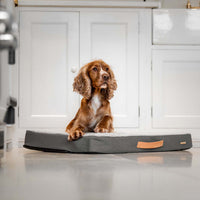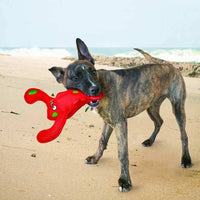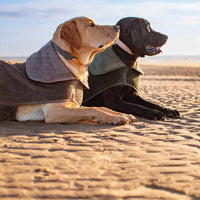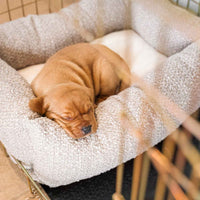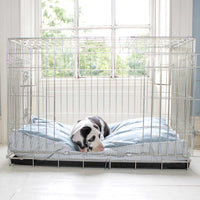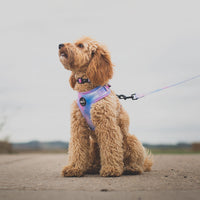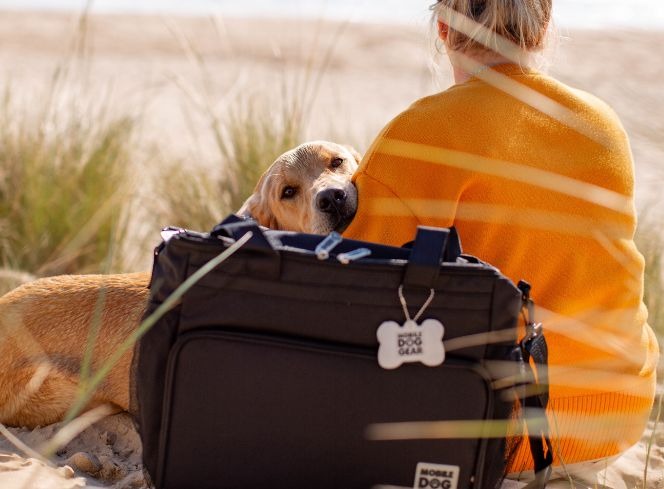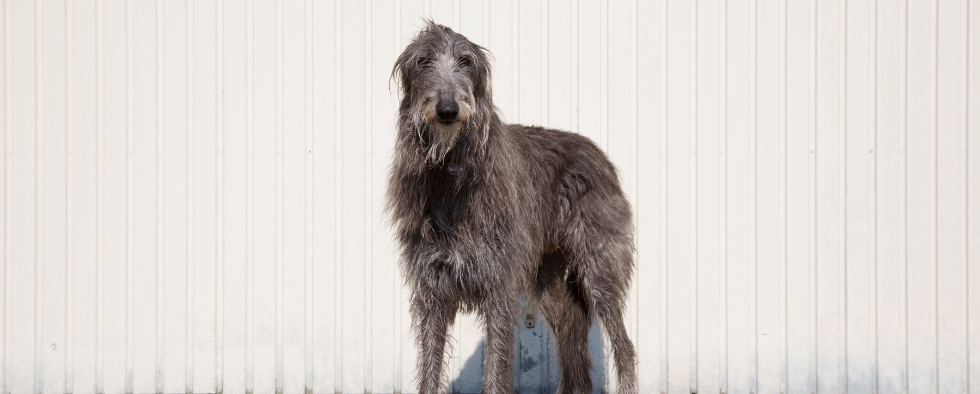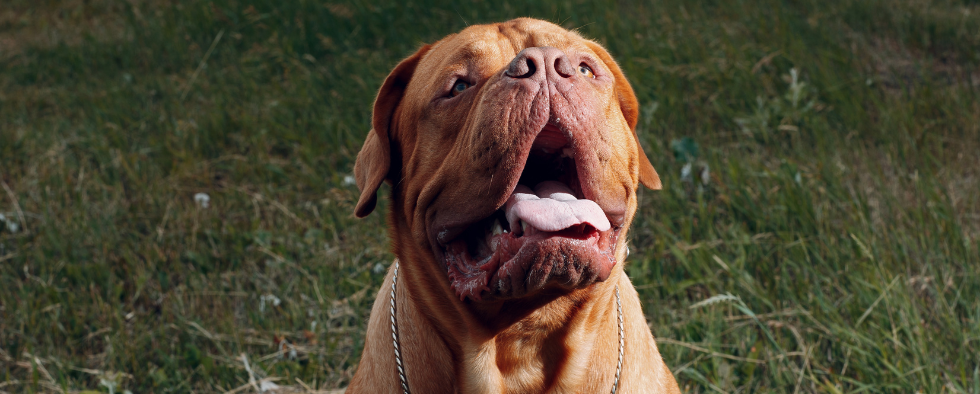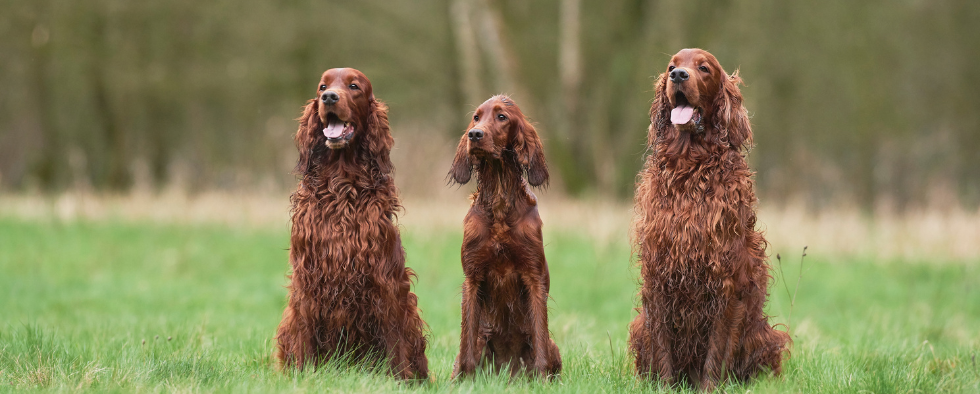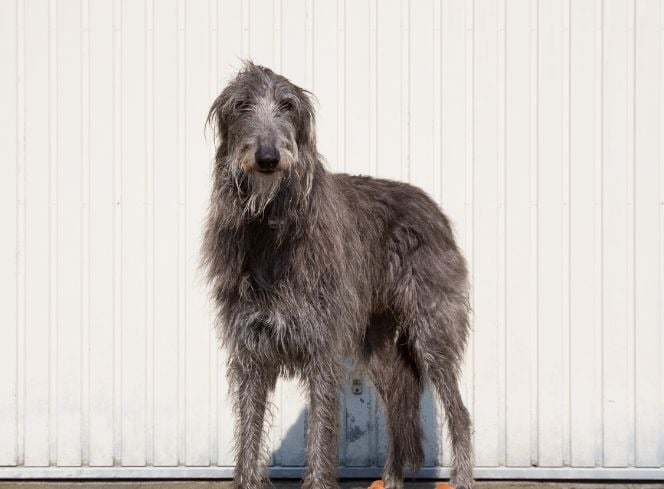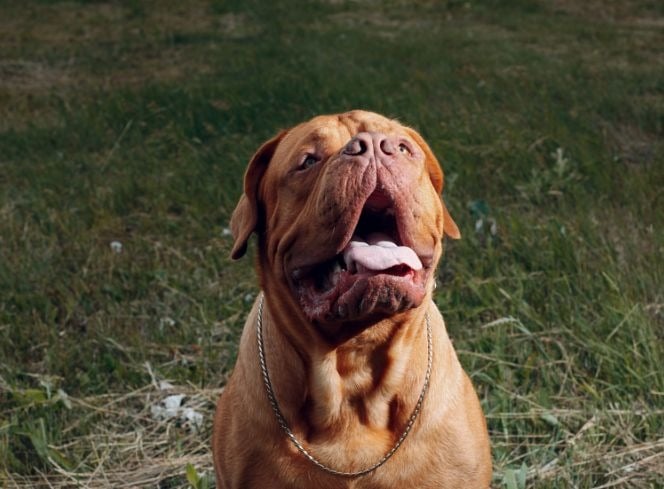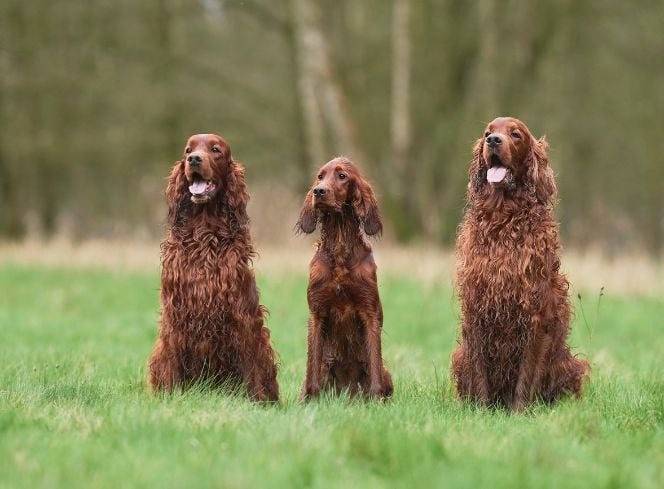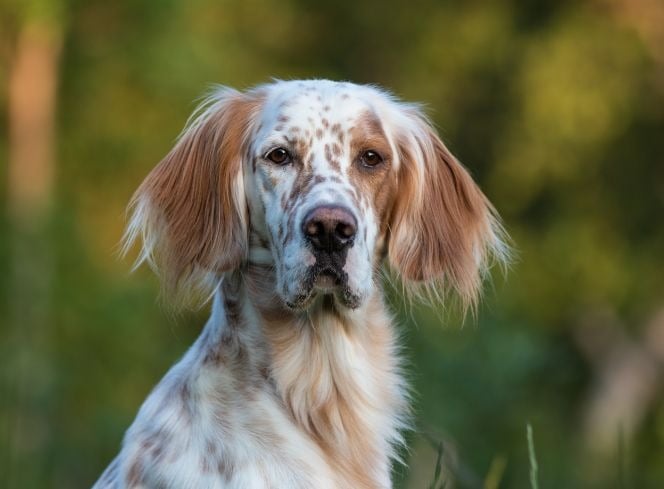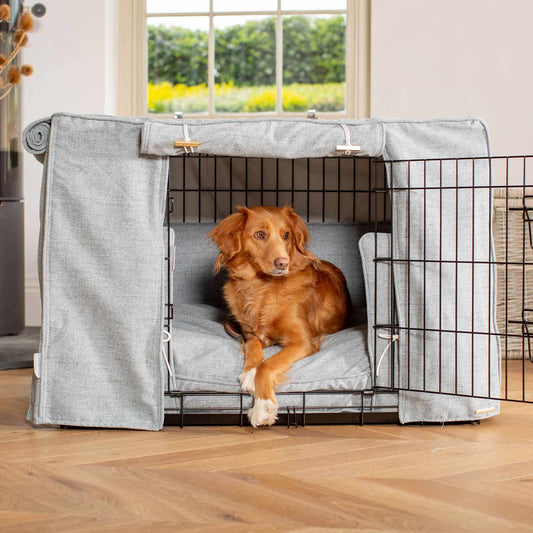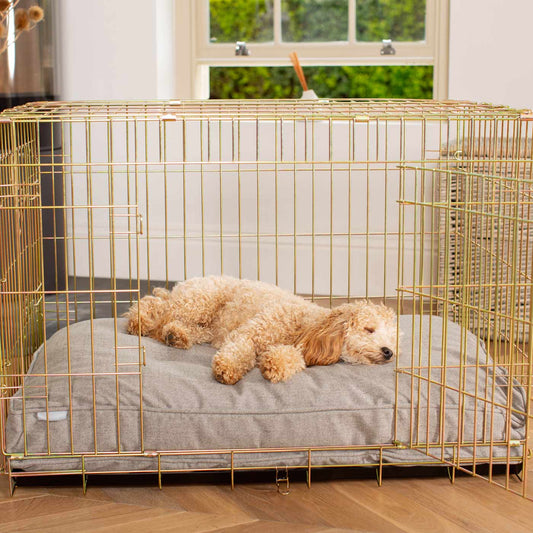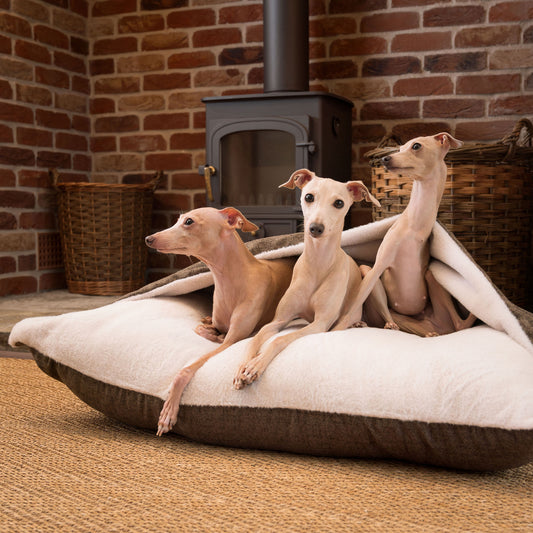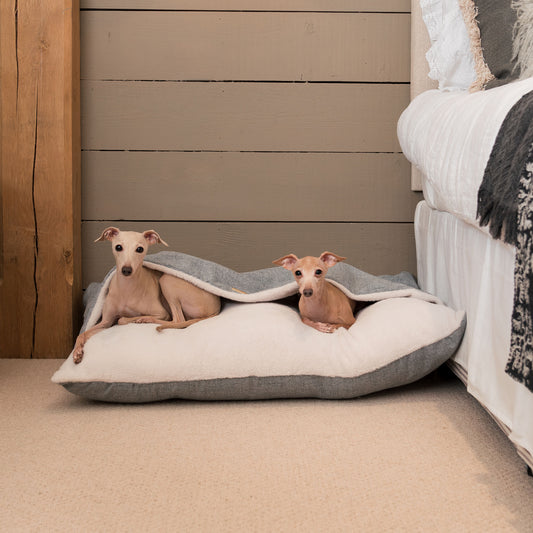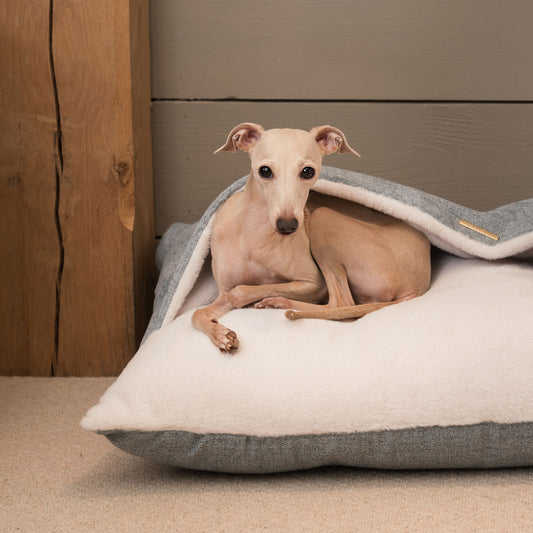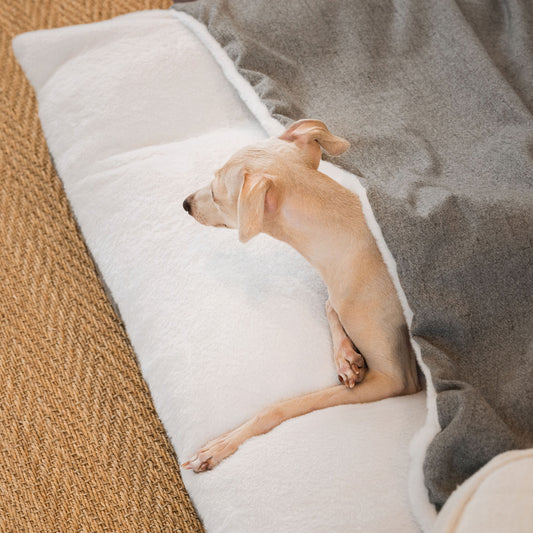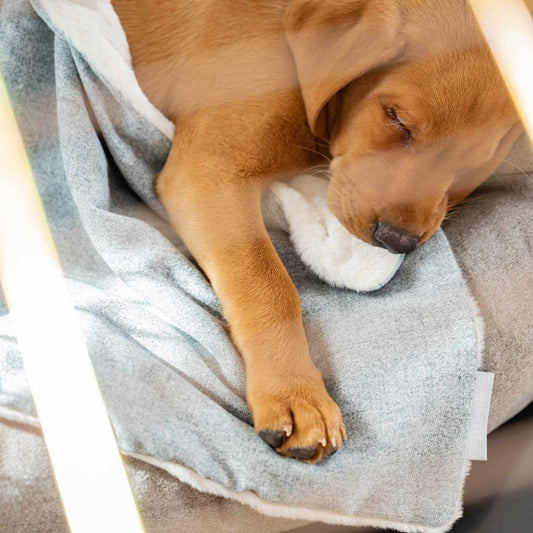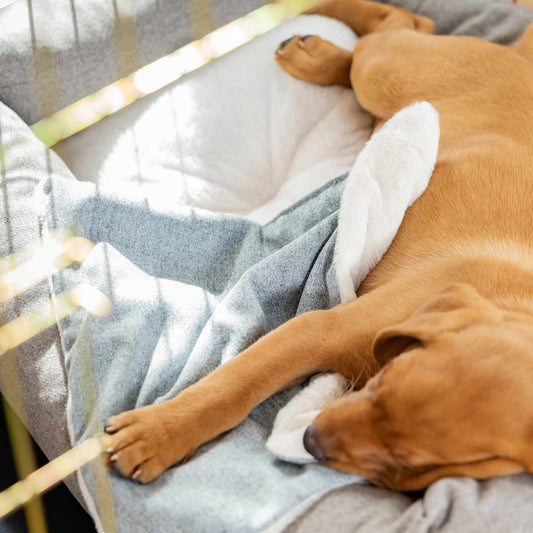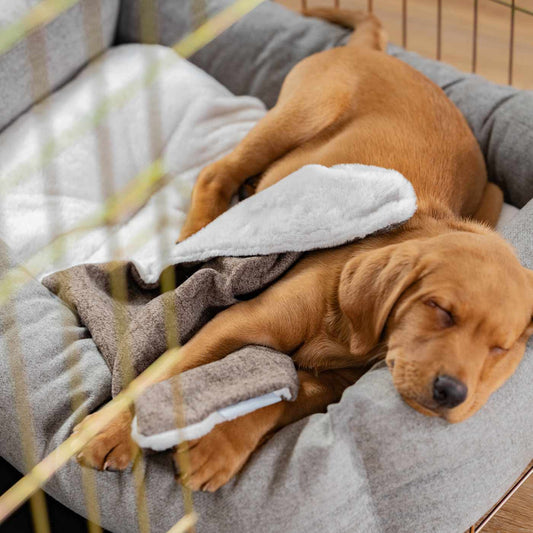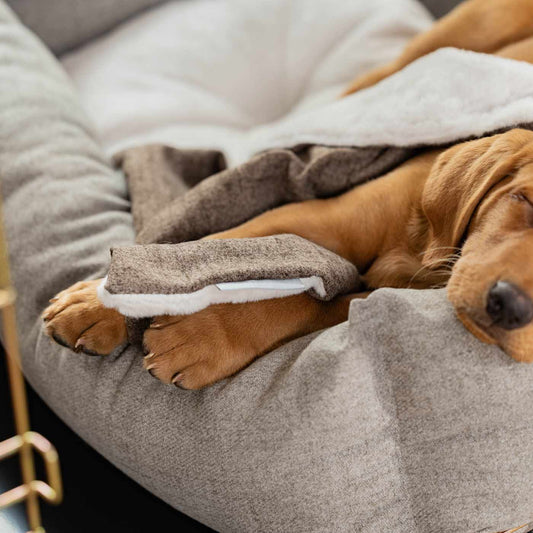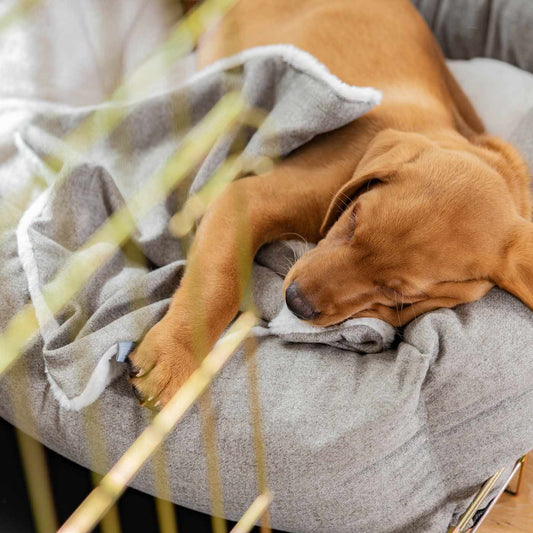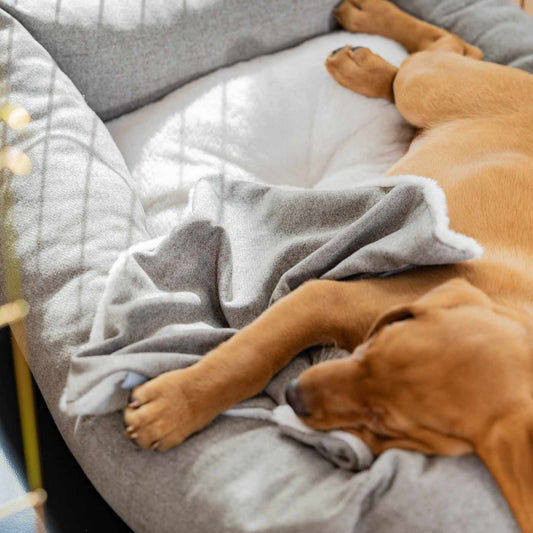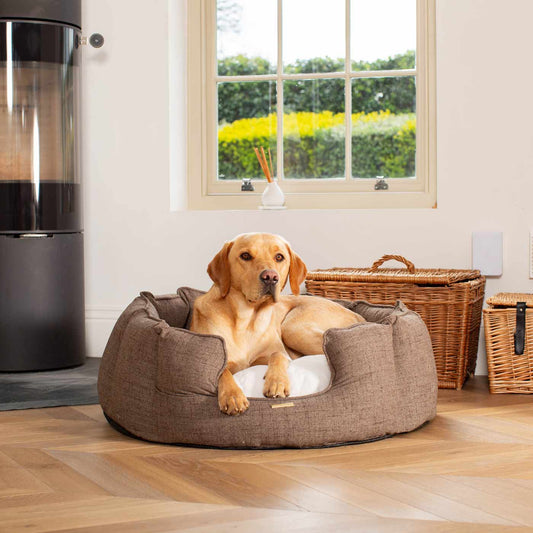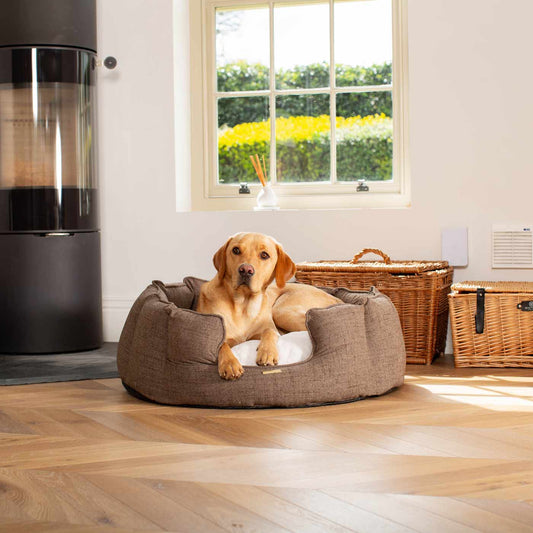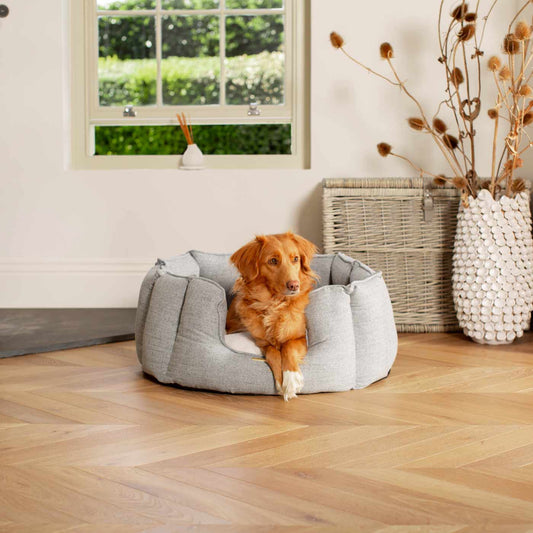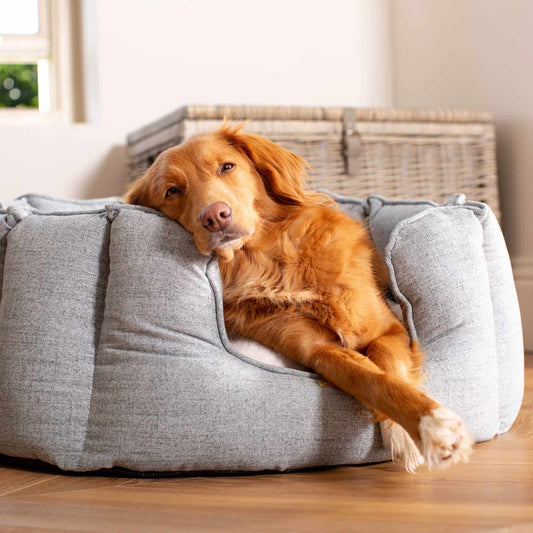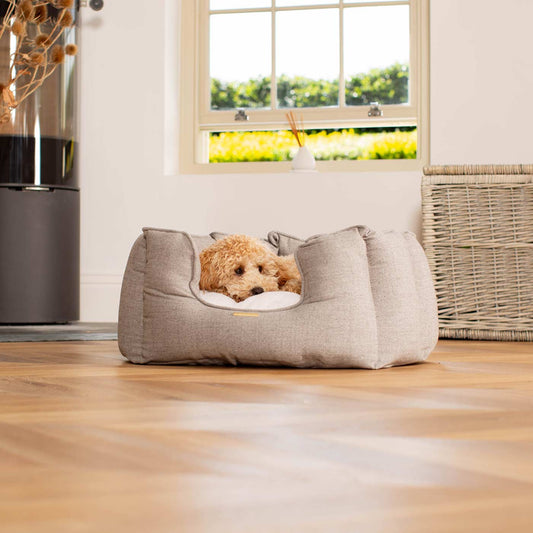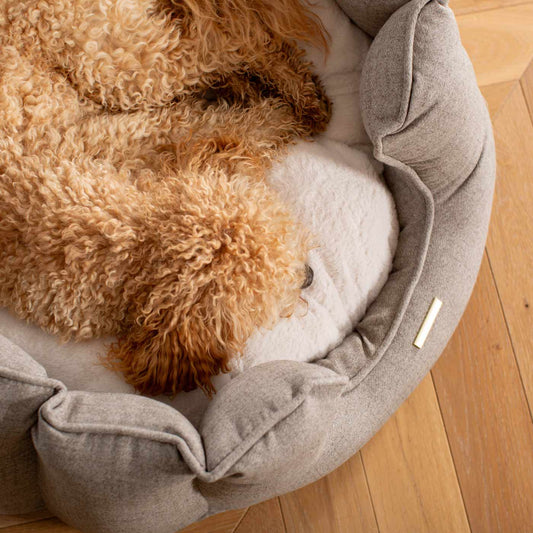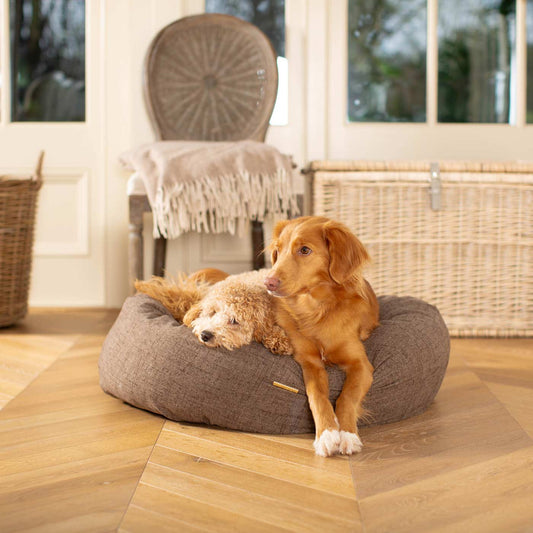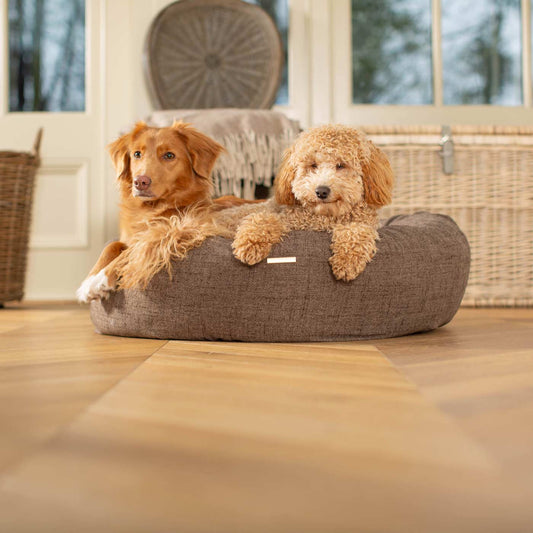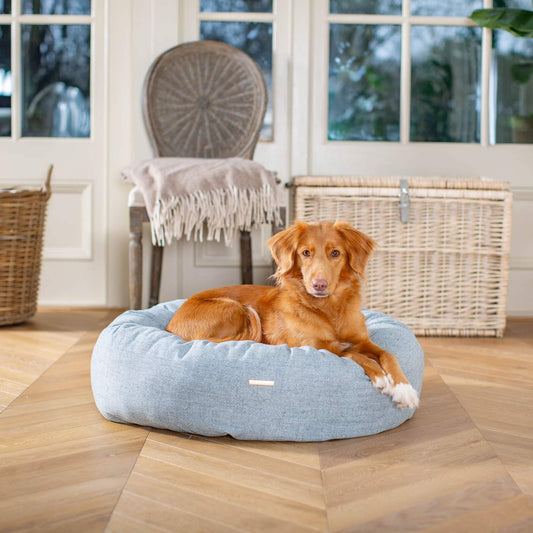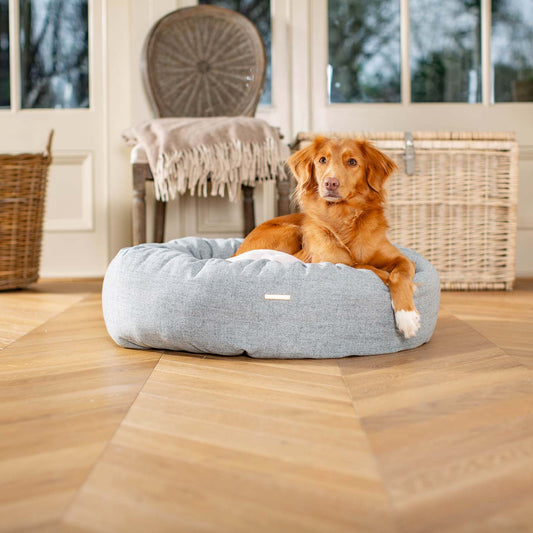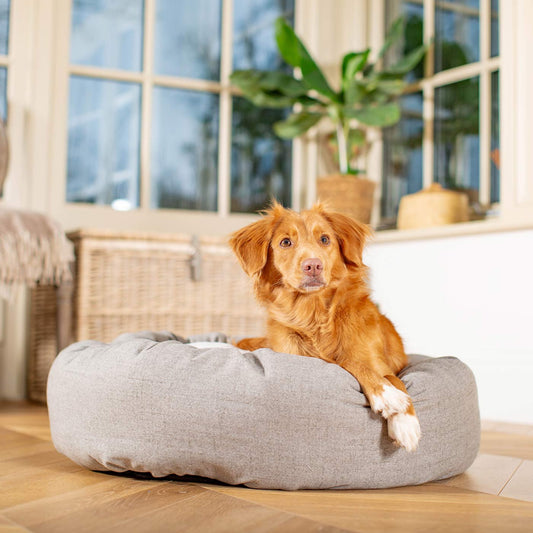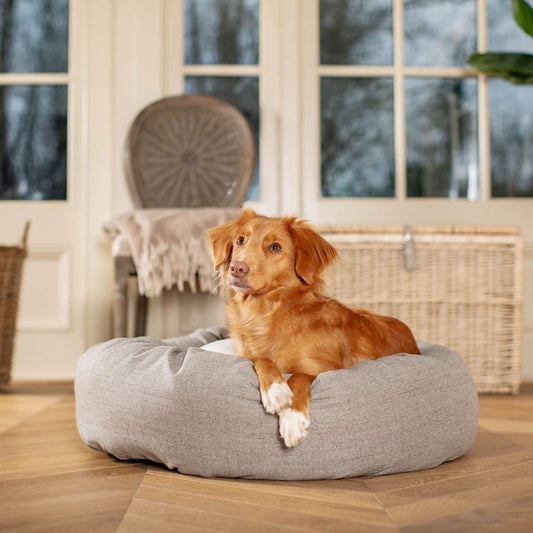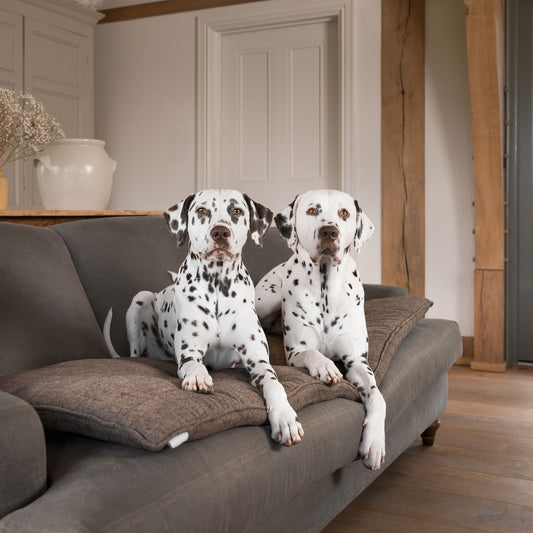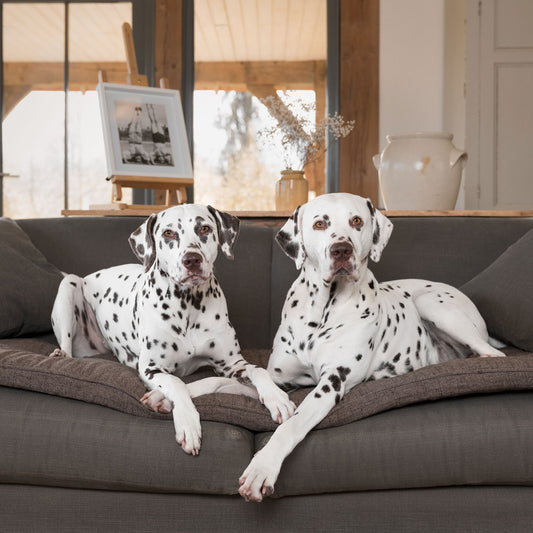If you're a dog owner, you know how challenging it can be to leave your furry companion behind when planning a trip to Europe. The good news is that taking your dog to Europe for a holiday is not only possible but can also be an incredibly rewarding experience! From exploring the picturesque streets of France to strolling along the scenic Italian coasts, travelling with your pup can create lasting memories together. In this guide, we'll provide you with valuable tips and insights to ensure a smooth and enjoyable journey for both you and your four-legged friend.
1. Preparing for the Journey:
Before embarking on your adventure, make sure your dog is well-prepared for the trip. When travelling to an EU country there are a few things your pet will need:
- A microchip
- A valid rabies vaccination
- An animal health certificate or a valid pet passport
- Tapeworm treatments for dogs if you’re going to Finland, Ireland, Northern Ireland, Norway or Malta
You will also want to check the rules of the country you’re travelling to in case they have any other requirements or rules before you travel

Getting A Pet Passport
Rules about pet passports vary depending on the country you are going to, not all countries accept pet passports issued in Great Britain. If the country you are planning on going to doesn’t accept a pet passport, you will need an animal health certificate. You may also need some other supporting documents, we recommend checking the government website for more detailed and up-to-date guidance.
Packing For A Pet Friendly Holiday
You will want to take plenty of home comforts away with you to make your dog’s trip away as easy as possible. We’ve put below a few of our essentials for travelling with your dog
- Mobile dog gear travel bag
- Collar with up to date ID tag
- A travel mat or bed
- A travel crate if you are flying
- A car crate or booster seat if you’re travelling by car
- Fun interactive toys to keep them busy
- Calming spot or spray on if you have a nervous dog
- A pet first aid kit
- Your dog’s food
- Drying coat or mitts - perfect if you are holidaying by the beach
- Travel bowls or water bottle - great for feeding on the go
2. Navigating Air Travel with Your Dog:
Flying to Europe with your dog requires careful planning. Here are a few of our top tips
- Research pet-friendly airlines that allow dogs in the cabin or have comfortable accommodations in the cargo hold.
- Book your flights well in advance, and don't forget to check the airline's policies and fees for traveling with pets.
- Make sure to invest in a well-ventilated, airline-approved pet carrier to keep your dog safe and comfortable throughout the journey - we recommend the Trixie Friends On Tour Transport Boxes
For more information on travelling internationally with your dog, our Pet Experts have put together a guide with their top tips and tricks in for flying with your dog.
3. Exploring Dog-Friendly Destinations in Europe:
Europe offers a plethora of dog-friendly holiday destinations, and one of the top picks is undoubtedly France. Known for its rich culture, breathtaking landscapes, and delicious cuisine, France welcomes furry travellers with open arms. Many cities in France, such as Paris, Nice, and Bordeaux, are pet-friendly, boasting dog-friendly parks, cafés, and attractions.

4. Accommodation Options for You and Your Dog:
When planning your stay in Europe, opt for dog-friendly accommodations. Many hotels, guesthouses, and vacation rentals in France are happy to welcome canine guests. Before booking, inquire about their pet policies, additional charges, and available amenities for your pup. Or if you are going in a motorhome or with a caravan/tent, there are plenty of dog-friendly campsites who will welcome your four-legged companion with open arms.
5. Dog-Friendly Activities in Europe:
Europe offers a myriad of dog-friendly activities to indulge in with your canine companion. Take leisurely walks along the stunning French Riviera, explore the dog-friendly beaches in Normandy, or hike the scenic trails in the French Alps. Don't forget to include your dog in your sightseeing plans, as many attractions and outdoor spaces allow well-behaved dogs on a lead.

6. Pet-Friendly Transportation within Europe:
Getting around Europe with your dog can be hassle-free. Most European countries have pet-friendly public transportation systems, including trains and buses, which allow dogs on board. However, it's always a good idea to check specific regulations and requirements for each country you plan to visit.
If you’re taking your car with your or hiring a car whilst you are abroad, most European countries require your pets to be properly secured in either a dog car seat, with a tether or in the boot in a car crate. If you’re going on long road trips with your dog it’s a good idea to plan in stops for them along the way, not all service stations are dog friendly so it’s good to plan your stops in.

7. Health and Safety Tips:
To ensure your dog's health and safety during your trip we recommend carrying essentials such as a first aid kit, medications, and sufficient food and water, as well as travel bowls so you can feed them on the go. We also recommend keeping your dog on a lead when required, and always clean up after them to respect the local environment and community.
Taking your dog to Europe can turn an ordinary vacation into an extraordinary adventure filled with shared experiences and cherished memories. With proper preparation and research, you can embark on a journey of a lifetime with your beloved pet. From the dog-friendly streets of Paris to the picturesque landscapes of Provence, Europe offers a tail-wagging experience like no other. So, pack your bags, buckle up your pup, and embark on this unforgettable journey together! Happy travels!



